mobile View, to the German Version tap the flag


- Kindom of Belgium
- parliamentary monarchy
- own names: French: Royaume de Belgique, Flemish: Koninkrijk België, German: Königreich Belgien
• Flags
• Historical Flags
• Regional Flags:
– Flanders
– Wallonia
– German-speaking Community
– Belgian Provinces
• Meaning/Origin of the Flag
• Coat of Arms
• Meaning/Origin of the Coat of Arms
• Aircraft Roundel
• Map
• Numbers and Facts
• History
• Origin of the Country's Name
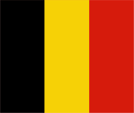
National flag,
ratio = 13:15,
Source, by: Flaggen und Wappen der Welt
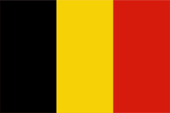
Merchant flag,
ratio = 2:3,
Source, by: Wikipedia (D)





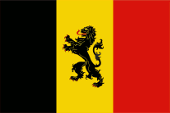
Merchant flag for naval reserve officers,
ratio = 2:3,
Source, by: Flags of the World



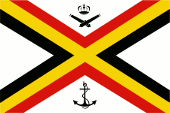
Naval flag,
ratio = 2:3,
Source, by: Flags of the World



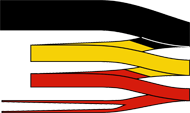
Masthead pennant,
Source, by: Flags of the World

Naval jack,
ratio = 1:1,
Source, by: Flags of the World



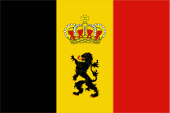
Flag for governmental and auxiliary ships,
ratio = 2:3,
Source, by: Flaggen und Wappen, Foto



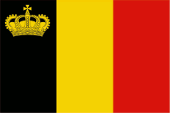
Yacht flag offshore,
ratio = 2:3,
Source, by: Flags of the World



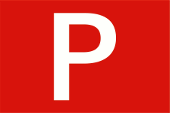
Pilot's flag, sign for pilot's vessels,
Source, by: Flags of the World, Foto



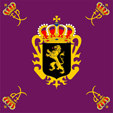
Flag of the King,
ratio = 1:1,
Source, by: Flags of the World, www.hln.be/royalty




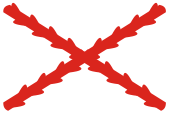
1384–1477,
Flag under the Burgundians,
Source, by: Wikipedia (FR)



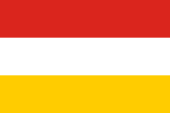
1555–1786,
Flag under the Habsburgs,
Source, by:
Flags of the World,
Flaggen und Wappen der Welt



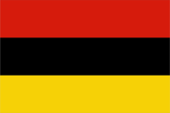
1790,
Flag of the United Belgian States, in uprising,
Source, by:
Flags of the World



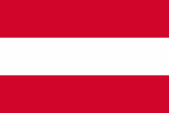
1786–1795,
Belgium belongs to Austria,
Source, by: Flags of the World





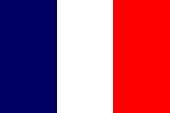
1795–1815,
Belgium belongs to France,
Source, by: Flags of the World





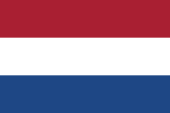
16th of March in 1815 to 4th of October in 1830
Belgium belongs to the United Netherlands





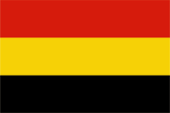
4th of October in 1830 to 23rd of January in 1831,
First Belgian national flag,
Source, by: Flaggen und Wappen der Welt



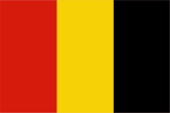
23rd of January in 1831 to 12th of October in 1831,
Second Belgian national flag,
Source, by: Flaggen und Wappen der Welt



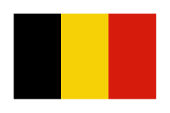
pilot flag (Pilot Call flag),
ratio = 2:3,
Source, by: Flags of the World,
FOTW
This type of flag was abolished in the 20th century, today is:
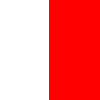 Pilot on board
Pilot on board
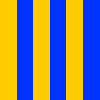 Call for Pilot
Call for Pilot





In the region of today's Belgium, which since the 14. century belonged to the Duchy Burgundy (since 1383 Flanders, since 1436 Hennegau and Brabant, since 1477 Liège and Luxembourg) the red, branched, burgundian diagonal-cross on white flags was shown. After these territories came to the Spanish Habsburgs (Spanish Netherlands) in 1555 flags were used, which combined the Habsburg-colours (red and white) with the Spanish colours (red and yellow) into one, with the colours red, white and yellow horizontally-striped flag. Occasionally the burgundian cross appeared in the white centre stripe. This flag was retained during the times when today's Belgium came to the Austrian Habsburgs. Emperor Josef II. forbade the usage of this flag on the 9th of March, 1786. The red-white-red Austrian flag was the only one to be used. In protest, the people decorated their caps with red-yellow-black cockades, the colors of Brabant. In 1795 Belgium came to France, and in 1815 it became an element of the United Netherlands (Netherlands + Belgium). During the rebellion against the Dutch government in 1830 the French Tricolor was in use as a symbol of freedom, particularly by adherents of France. The editors of a Brussels newspaper, Edouard Ducpétiaux and Lucien Jottrand, and Alexandre Van Hulst a civil servant of the war department favored a flag with three horizontal stripes in red, gold and black, which finally, during the battles in September 1830, won out. The provisional Belgian government recognized it as state symbol, and hoisted it up at the declaration of autonomy on the 4th of October, 1830. Since the 23rd of January in 1831 the stripes of the flag were arranged vertically still in the sequence of red, gold and black. After the election of Leopold I. of Saxony-Coburg-Gotha as King of Belgium, however, since the 12th of October, 1831 the stripes of the flag are arranged in today's sequence, black-gold-red. Allegedly the colours were chosen to point to Princess Auguste of Reuss-Ebersdorf, the mother of King Leopold I., because the colours black, red and gold are the colours of the Principalities of Reuß since 1820.
Source:
Die Welt der Flaggen,
Flaggen und Wappen der Welt

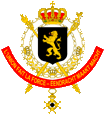
Coat of arms of Belgium,
Source: Corel Draw 4

The coat of arms of the state was introduced in 1830. A small and large coat of arms is in use. In the black shield it shows the Golden Lion of Brabant with red claws. The shield carries the royal crown, beneath the shield a red banner with the french motto: "L'Union fait la force" and in Dutch "Eendracht maakt macht" => "Unity makes strong". Behind the shield two crossed scepters, which represent the King as sovereign (lion scepter) and the Supreme Judge (oath-hand scepter). The shield adorns a Chain-of-Office with the Great Cross of the Leopold-Order.
Source:
Die Welt der Flaggen,
Flaggen und Wappen der Welt

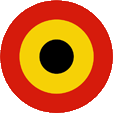
Aircraft Roundel,
Source, by: Wikipedia (EN)

Location:
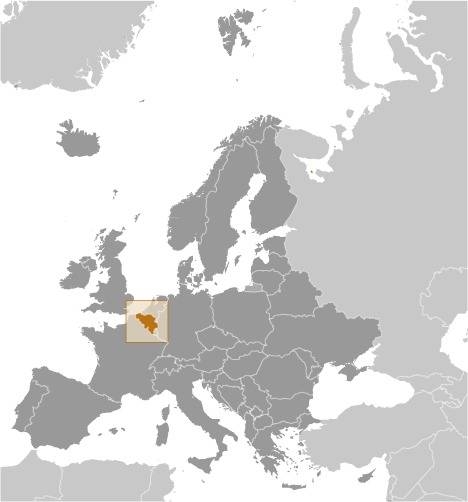
Source: CIA World Factbook
Map of the country:
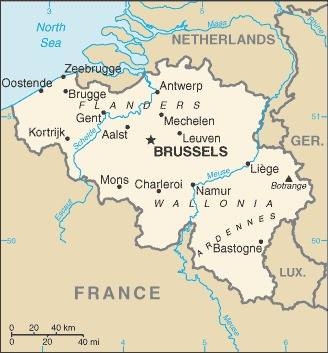
Source: CIA World Factbook

Area: 11.849 square miles
Inhabitants: 11.431.400 (2019), thereof 59% Flemings, 39% Walloons, 1% Germans, 1% Moroccans, Italians aso.
Religions: 50% Roman Catholic, 5% Muslim, 2% Protestant and other Christian, 32% Non-religious
Density of Population: 965 inh./sq.mi.
Capital: Brussels (Brüssel, Bruxelles, Brussel), 181.726 inh. (2019)
official Language: Flemish, French, German
Currency: 1 Euro (EUR, €) = 100 Cents
Time Zone: GMT + 1 h
Source: Wikipedia (D),
CIA World Factbook

58–51 B.C. · Roman conquest
3rd century A.D. · settlement by Franks and Frisians
481–843 · to the Frankonian Empire
880 · Treaty of Verdun and Ribbemont, by the division of the Frankish Empire comes West-Flanders to the West Frankish kingdom (France) and East-Flanders to the East Franconian Empire (German Empire)
12th to 14th cent. · as small states within the German Empire
1383 · Flanders becomes a Burgund possession
1436 · Hennegau (Hainaut) und Brabant become Burgund possession
1477 · Lüttich (Liège) und Luxemburg become Burgund possession
1555 · the House of Habsburg inherits Burgundy
1714 · the Habsburg possessions come to the Austrian lineage of the House of Habsburg
1789/1790 · Anti-Austrian uprising, temporary expulsion of Austrian authorities, proclamation of the United Belgian States, ended by invasion of Austrian troops
1795 · French revolutionary troops conquer today’s Belgium, Belgium becomes annexed by France
1815 · Vienna Congress, Belgium becomes a component of the United Netherlands (Netherlands and Belgium)
1830 · independence as Kingdom of Belgium
1885 · purchase of the Congo Colony
1898 · "Equality Act", Belgium is officially a bilingual country
1914–1918 · occupation by German troops during the First World War
1940–1944 · occupation by German troops during the Second World War
1951 · Belgium, Germany, France, Italy, Luxembourg and the Netherlands, found the EEC (the later EU)
30th of June in 1960 · independence of Congo (Congo-Kinshasa)
1962–1963 · Definition of the linguistic border between the cultural communities, Brussels is bilingual, recognition of the German language as a regional language in Eastern Belgium
1970 · first Belgian state reform, the cultural communities become an constitutional rank
1980 · second Belgian state reform, creation of the Flemish Region with status of autonomy
1983 · creation of the German Community in Eastern Belgium as part of Wallonia
1988 · third Belgian state reform, expansion of regional autonomy, creation of the Region Brussels-Capital
1994 · fourth Belgian state reform, division of the former province of Brabant, further strengthening of the autonomy of regions, Belgium becomes a federal state
2001 · fifth Belgian state reform, further strengthening of the autonomy of the regions
Source:
Wikipedia (D),
Atlas zur Geschichte

The name "Belgium" is derived from the Celtic tribe of the "Belger". The Indo-European word "belg" means "to swell with pride", that is, Belgium is the "land of the proud".
Source: Handbuch der geographischen Namen


![]()


























































